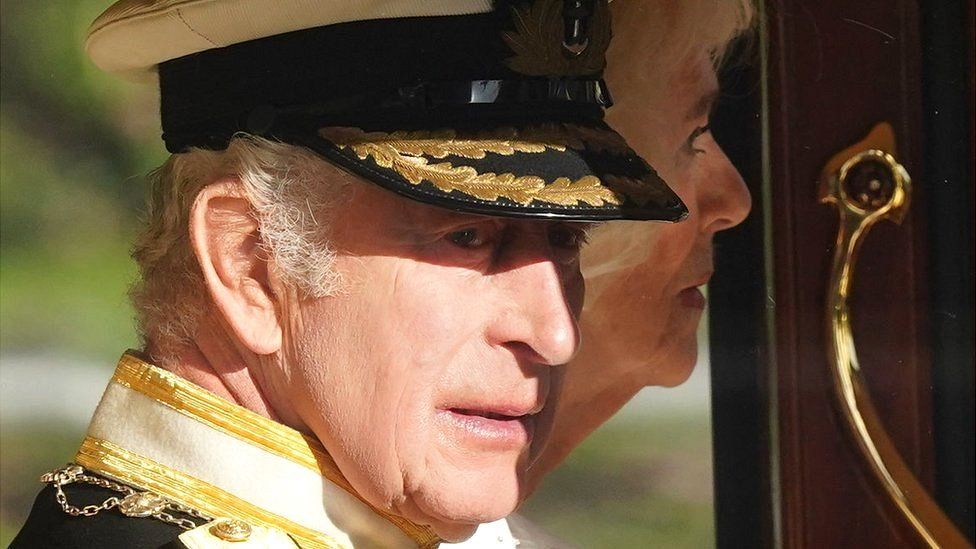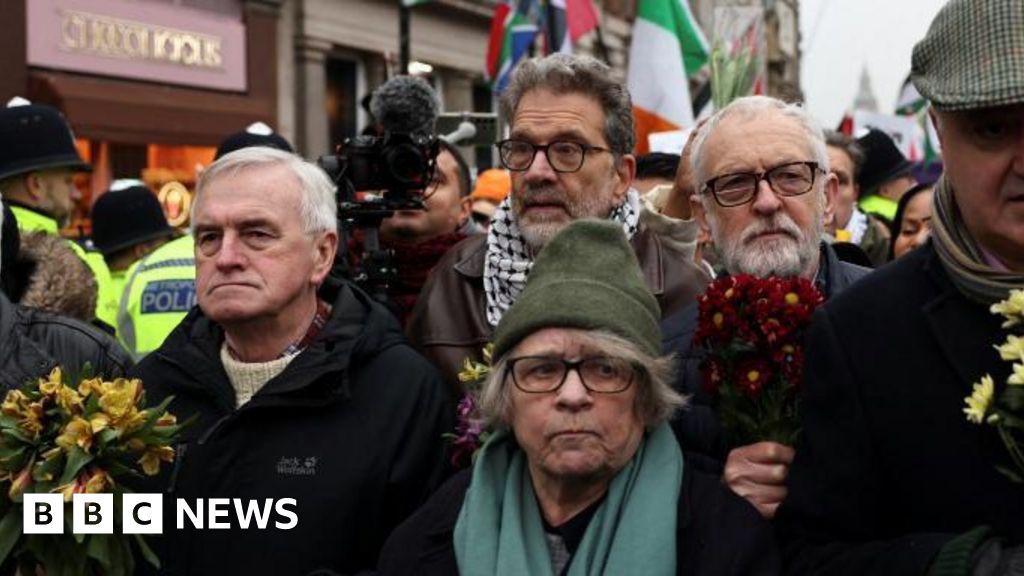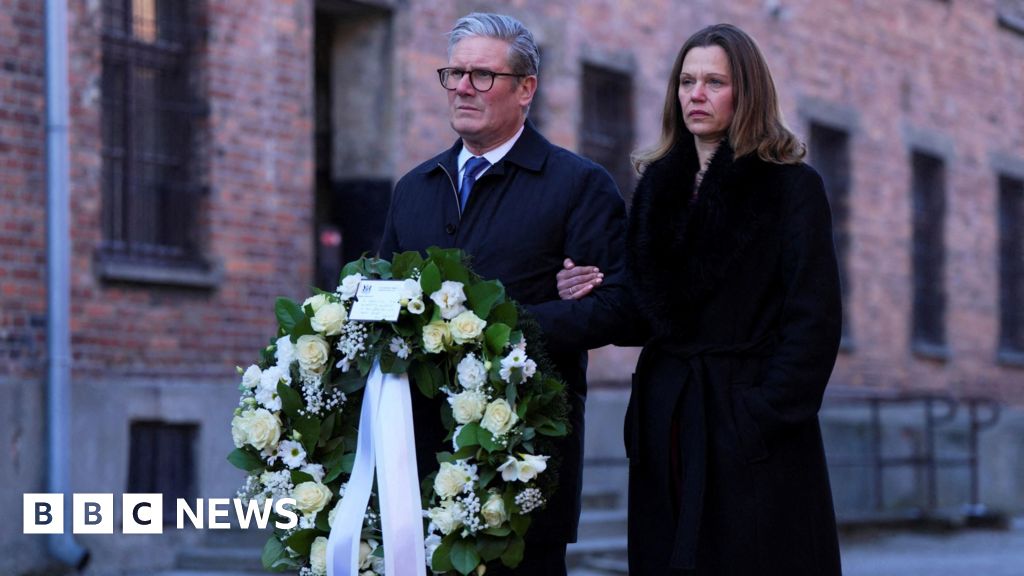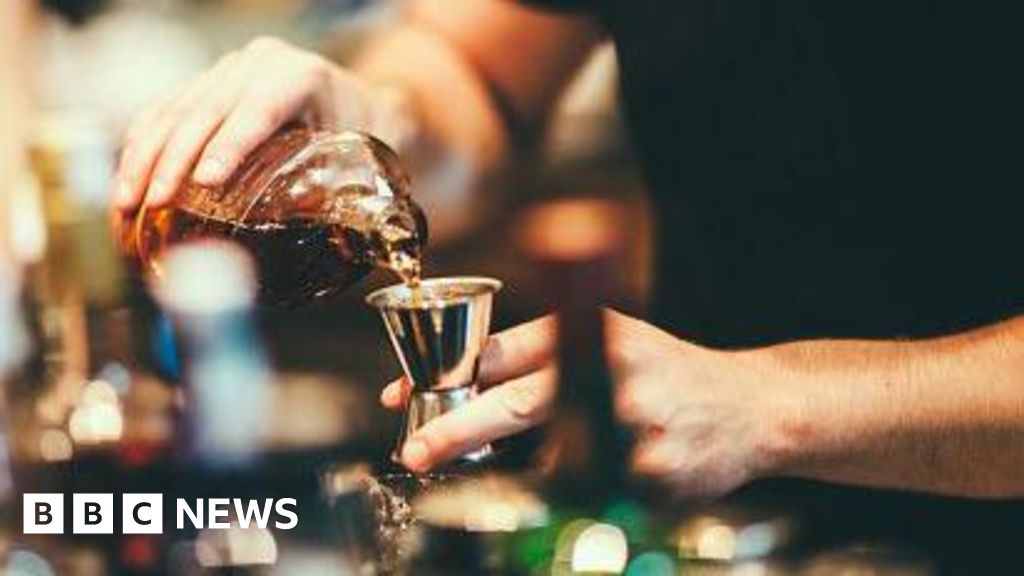ARTICLE AD BOX
 Image source, PA Media
Image source, PA Media
King Charles and Queen Camilla on their way to the state opening of Parliament
By Sean Coughlan
Royal correspondent
The State Opening of Parliament is a colourful and sometimes unlikely mix of politics, pageantry and dressing up.
It's a ceremony dating back to the 15th Century that marks the start of a parliamentary session, bringing together the constituent parts of Parliament - the Crown, peers and MPs.
But it also involves crowns, carriages and robes and titles like "Gold Stick" and "Black Rod".
For the first time King Charles will carry out the ceremony as monarch.
The last time he read out the Queen's Speech it was on behalf of his mother, the late Queen Elizabeth II, with the crown sitting rather poignantly beside him.
Image source, Reuters
Image caption,The then-Prince Charles read out the Queen's Speech in May 2022, with the crown beside him
Now Charles will be wearing the Imperial State Crown and it will be the King's Speech, the first since the era of his grandfather George VI, who died in 1952.
It's a ceremony full of its own unusual traditions.
There is a procession with the sword of state - this time not involving Penny Mordaunt. The "cap of maintenance" might sound like a policy on cutting benefits, but it's a red velvet cap that is carefully carried as the King makes his way to the House of Lords to read out the speech.
It's also a case of 17th Century "see it, say it, sword it", as the Yeoman of the Guard carry out a ceremonial search that remembers the Gunpowder Plot of 1605.
One of the stranger traditions of the State Opening is that the parliamentarians have to hand over a "hostage" to the Royal Household.
It's a relic of the historic distrust between Parliament and the Crown - so that the royals keep an MP, usually a government whip, in Buckingham Palace until they get their monarch safely home.
Former Labour MP Jim Fitzpatrick recalled being the hostage in the Palace. The Lord Chamberlain offered him a gin and tonic, but instead the pair of them watched the ceremony on TV.
Image source, Getty Images
Image caption,Prince Charles watching his grandfather's State Opening procession in 1950
Mr Fitzpatrick had been driven to the Palace to be symbolically handed over. But this year's hostage, Jo Churchill, has to make her own way.
As well as being the first King's Speech for more than 70 years, this year also marks a return to the full ceremonial grandeur.
For what proved to be the final Queen's Speech, in May 2022, the then-Prince Charles arrived in Westminster by car.
This time there's the glitter of a carriage procession from Buckingham Palace with the household cavalry accompanying them.
The King and Queen are travelling in the Diamond Jubilee State Coach, which in its own way is a symbol of the ancient and modern.
It looks like it was made centuries ago, but in fact it was first used in 2014, and is a hi-tech, aluminium vehicle, with electric windows, cameras, air conditioning and state-of-the-art suspension.
It must be a much better ride than some of the other historic carriages. For instance the Gold State Coach is notorious for making its occupants feel seasick.
What might seem even odder is that the crowns and regalia travel to Westminster separately in their own carriage.
While the King will wear the Imperial State Crown, with its modest 2,868 diamonds, the Queen will wear the George IV Diadem, previously worn by Elizabeth II and Victoria.
If you're looking at it and wondering why it seems familiar, it might be because that diadem was seen on stamps from the late Queen's reign.
In a spirit of recycling, Queen Camilla will be wearing the dress she wore at the Coronation.
Image source, PA Media
Image caption,Anti-monarchy protests have become increasingly visible and vocal
All of this flummery is going to irritate another part of a modern state opening of Parliament - anti-monarchy protesters who believe that such royal involvement should be removed from a democracy.
The Not My King protests have become an increasingly visible and vocal part of royal events.
This is an ancient ceremony, but there might also be a sense of the more things change, the more they stay the same.
Image source, PA Media
Image caption,The crown and sword of state travel in their own carriage to the state opening of Parliament
The last time there was a "King's Speech" was in November 1951. As with his daughter in 2022, George VI had been too ill to attend in person, but the speech delivered on his behalf had some familiar topics.
"My government view with grave concern the economic situation of the United Kingdom," said the speech.
There was a need to take "drastic action to reduce the growing inflation in our economy" and a promise to "stimulate the building of new houses".
There was a warning that a "serious shortage" of skilled labour had to be tackled and the international concerns were about Korea, the Middle East and Persia - as Iran was known then.

 1 year ago
24
1 year ago
24








 English (US) ·
English (US) ·